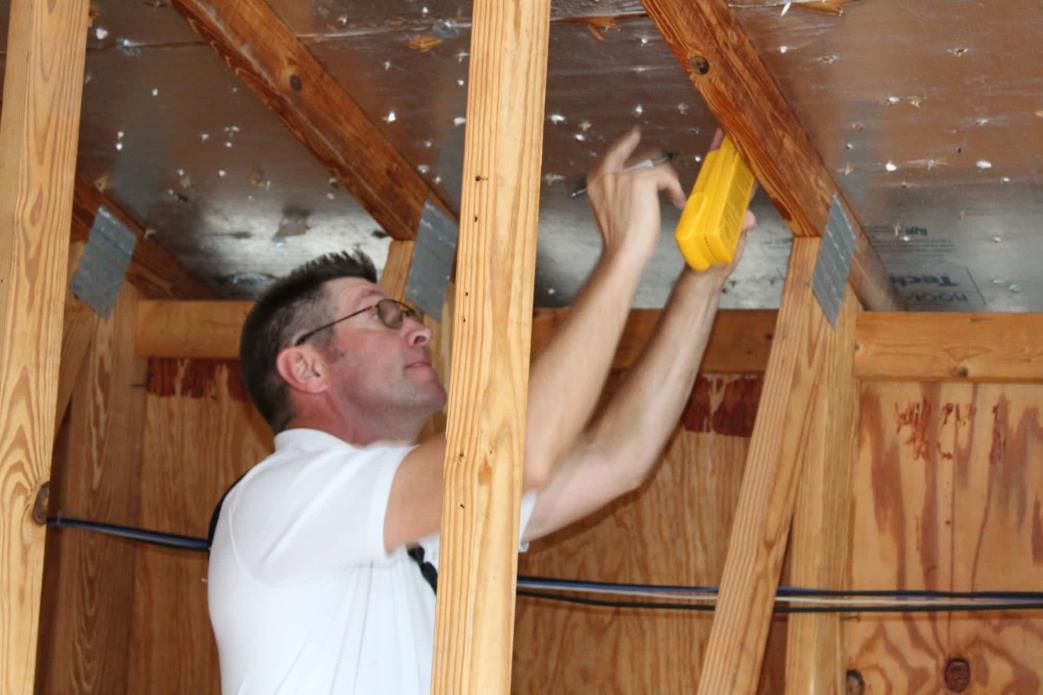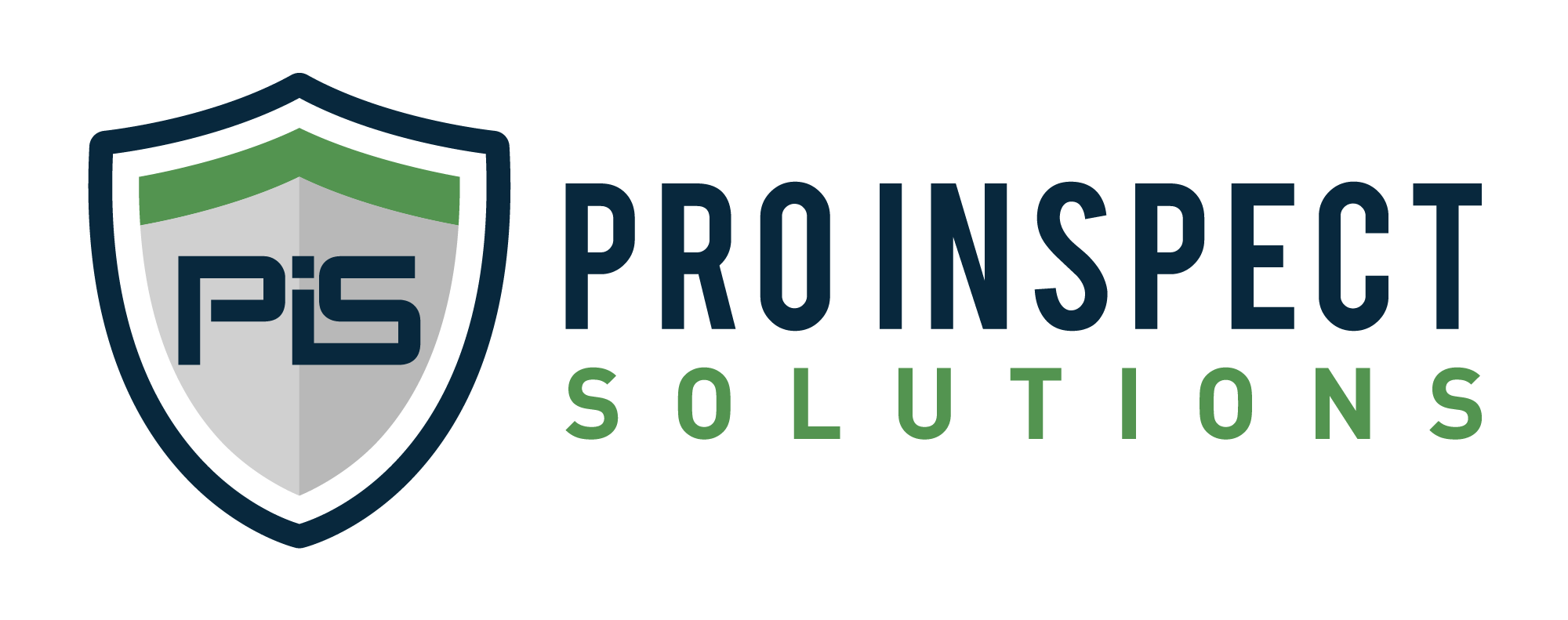
Wind Mitigation Insights for Central Florida Homeowners
Protect your home and reduce insurance costs.
In regions prone to severe weather, particularly hurricanes and strong storms, homeowners must take proactive measures to protect their properties. One effective strategy is wind mitigation. But what exactly is wind mitigation, and why is it so important? Let’s delve into the details and explore how this essential practice can safeguard your home and even reduce your insurance premiums.
Understanding Wind Mitigation
Wind mitigation refers to the implementation of specific building techniques and features designed to reduce damage caused by high winds. These measures enhance the structural integrity of a home, making it more resistant to wind-related damage. The goal is to fortify the building envelope—its roof, walls, windows, and doors—against powerful gusts and flying debris.
Key Components of Wind Mitigation
Wind mitigation involves several critical components, each targeting different aspects of a building’s vulnerability:
- Roof Reinforcement: Strengthening the roof to withstand high winds is crucial. Techniques include using hurricane straps or clips to secure the roof to the walls and ensuring the roof covering is resistant to wind uplift.
- Gable End Bracing: Bracing the gable ends of a roof can prevent collapse during strong winds.
- Impact-Resistant Windows and Doors: Installing windows and doors that can withstand windborne debris reduces the risk of interior damage.
- Shutter Systems: Adding storm shutters to windows and doors provides an extra layer of protection.
- Garage Door Reinforcement: Since garage doors are often weak points, reinforcing them can prevent them from being blown in, which could lead to structural failure.
- Secondary Water Barrier: A backup layer beneath the roof covering helps prevent water intrusion if the roof is damaged.
Benefits of Wind Mitigation
Enhanced Home Safety
The primary benefit of wind mitigation is increased safety for your home and its occupants. By implementing these measures, you can significantly reduce the risk of severe damage during a storm. This not only protects your property but also ensures the well-being of your family. For instance, reinforced windows and doors can prevent flying debris from breaking into your home, which is crucial during a storm’s peak intensity.
Reduced Insurance Premiums
Many insurance companies offer discounts on premiums for homes with effective wind mitigation features. These discounts can be substantial, making it financially beneficial to invest in these improvements. Homeowners can often recoup the costs of wind mitigation through lower insurance premiums over time. Depending on your location and the specific improvements made, insurance savings can be considerable, sometimes reducing premiums by as much as 20-30%.
Increased Property Value
Homes with wind mitigation measures are often seen as more desirable on the market. Potential buyers value the added safety and the potential for lower insurance costs. As a result, investing in wind mitigation can enhance your property’s value and make it more attractive to buyers. This is particularly important in hurricane-prone areas where buyers are acutely aware of the risks and seek homes that offer better protection.
Long-Term Savings
While the initial investment in wind mitigation can be significant, the long-term savings are worth it. Reduced damage during storms means fewer repair costs and a lower likelihood of significant financial loss. Over the years, these savings can add up, making wind mitigation a smart financial decision. Additionally, preventing damage reduces the need for
frequent insurance claims, which can also help keep your premiums lower over time.
Implementing Wind Mitigation in Your Home
Professional Wind Mitigation Inspection
The first step in implementing wind mitigation is to have a professional inspection. Certified inspectors assess your home’s current condition and identify areas where improvements can be made. They provide a detailed report outlining recommended measures and their potential impact. This inspection will give you a clear roadmap of what needs to be done and help prioritize the most critical improvements.
Prioritize Upgrades
Based on the inspection report, prioritize the upgrades needed for your home. Focus on the most vulnerable areas first, such as the roof and openings. Gradually work towards comprehensive mitigation as your budget allows. Prioritizing ensures you address the most critical risks initially. For example, if your roof is in poor condition, reinforcing it should take precedence over less urgent improvements.
Hiring Qualified Contractors
Wind mitigation requires specialized knowledge and skills. Hire contractors with experience in wind mitigation techniques to ensure the work is done correctly. Verify their credentials and seek recommendations to find reputable professionals. Quality workmanship is essential for effective wind mitigation. Poorly executed improvements can fail to protect your home and might not qualify for insurance discounts.
Maintaining Wind Mitigation Measures
Once wind mitigation features are installed, regular maintenance is crucial. Inspect your roof, windows, and doors periodically to ensure they remain in good condition. Promptly repair any damage to maintain the integrity of your mitigation efforts. Consistent maintenance ensures your home remains well-protected. For instance, even the best hurricane shutters need regular checks to ensure they deploy correctly when needed.
Cost Considerations and Incentives
Understanding the Costs
The costs of wind mitigation can vary widely depending on the specific measures implemented and the size of your home. Simple improvements like installing storm shutters might be relatively inexpensive, while roof reinforcement or replacing windows with impact-resistant models can be more costly. However, these investments are often recouped through insurance savings and reduced repair costs.
Financial Incentives and Grants
Some regions offer financial incentives, grants, or low-interest loans to encourage homeowners to implement wind mitigation measures. Check with local government agencies and insurance providers to see if you qualify for any programs. These incentives can significantly offset the initial costs, making it more affordable to protect your home.
Cost-Benefit Analysis
Perform a cost-benefit analysis to understand the long-term financial benefits of wind mitigation. Calculate the potential savings on insurance premiums, reduced repair costs, and increased property value against the initial investment. This analysis will help you make an informed decision about which measures to prioritize.
The Broader Impact of Wind Mitigation
Community Resilience
Wind mitigation not only protects individual homes but also contributes to the overall resilience of communities. When more homes are fortified against high winds, the community is better prepared to withstand and recover from storms. This collective resilience can lead to fewer disruptions and a quicker recovery process post-storm.
Environmental Benefits
Preventing storm damage reduces the need for extensive repairs and the associated environmental impact. Less construction waste, fewer resources used for rebuilding, and lower overall emissions contribute to a healthier environment. By investing in wind mitigation, homeowners can play a role in sustainable practices and disaster preparedness.
Protect Your Home with Wind Mitigation
Wind mitigation is an essential practice for homeowners in storm-prone areas. By understanding and implementing these measures, you can significantly reduce the risk of damage to your home during high winds. The benefits extend beyond safety, offering
financial advantages such as lower insurance premiums and increased property value. Don’t wait until the next storm is on the horizon—take proactive steps now to fortify your home and ensure peace of mind.
If you’re ready to enhance your home’s resilience to high winds and storms, contact us to schedule a wind mitigation inspection today to identify the best strategies for your property. Investing in wind mitigation not only protects your home and family but also offers financial benefits through reduced insurance premiums and long-term savings.
Have you implemented wind mitigation measures in your home? Share your experiences and tips in the comments below to help other homeowners stay safe and prepared.



